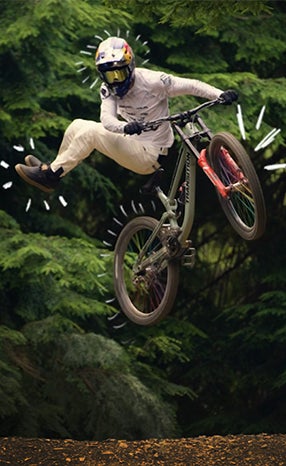MTB helmets
43 results
Explore our outstanding range of cycling and MTB helmets, featuring cutting-edge Koroyd and Mips technologies for unparalleled protection and performance. Whether you're tackling the toughest trails, hitting the bike park, enduring long road or gravel rides, or commuting to work, our helmets provide the fortitude to fear less. Be ready for anything this summer with our expertly curated selection, designed for all types of riders.
Sort by
Products
-
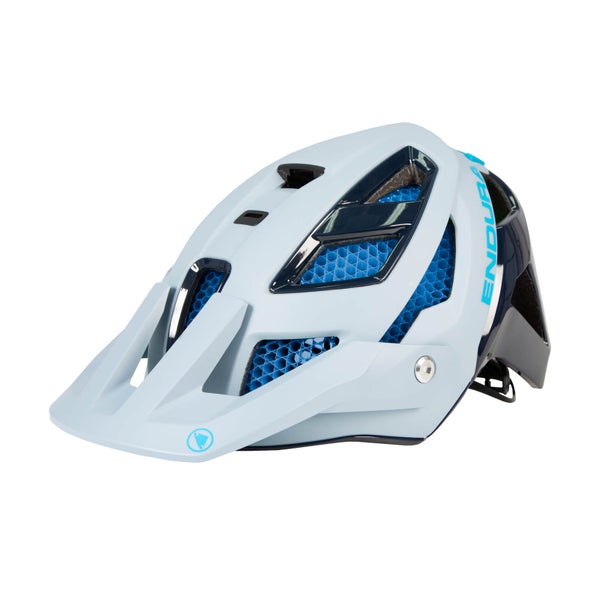 Log in/sign up to use Wishlists!
Log in/sign up to use Wishlists! -
 Log in/sign up to use Wishlists!
Log in/sign up to use Wishlists! -
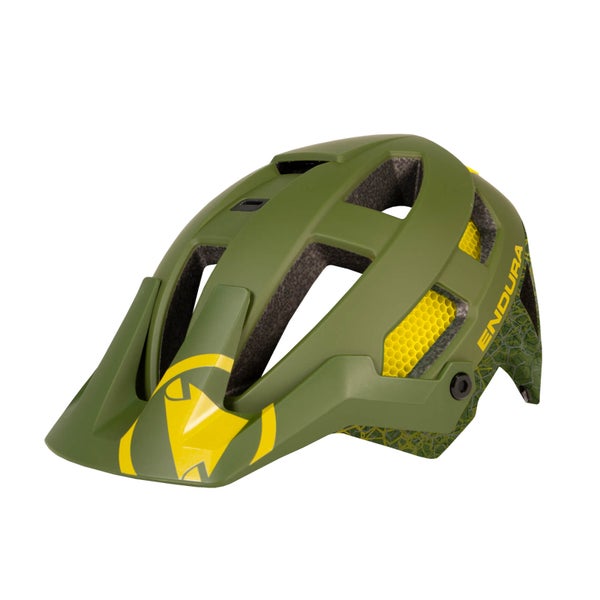 Log in/sign up to use Wishlists!
Log in/sign up to use Wishlists! -
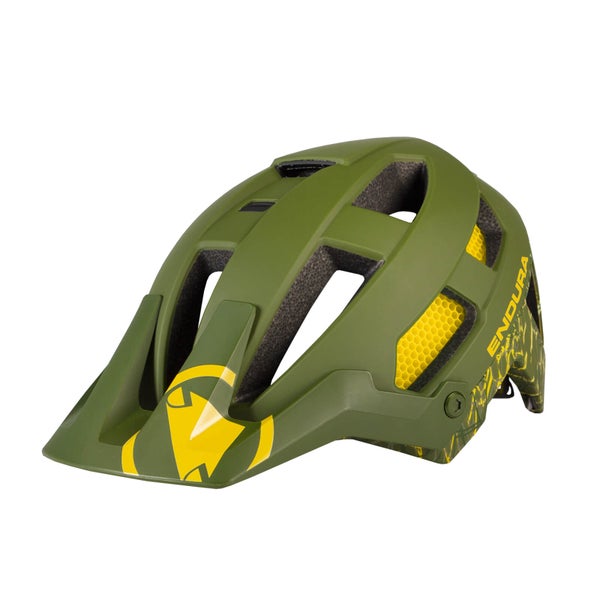 Log in/sign up to use Wishlists!
Log in/sign up to use Wishlists! -
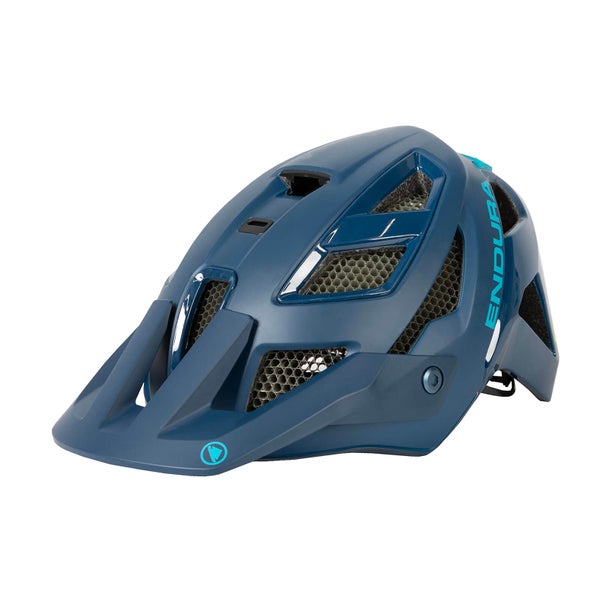 Log in/sign up to use Wishlists!
Log in/sign up to use Wishlists! -
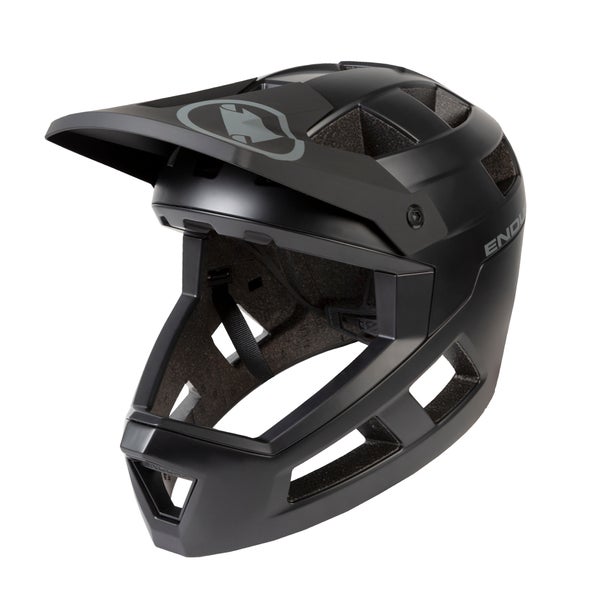 Log in/sign up to use Wishlists!
Log in/sign up to use Wishlists! -
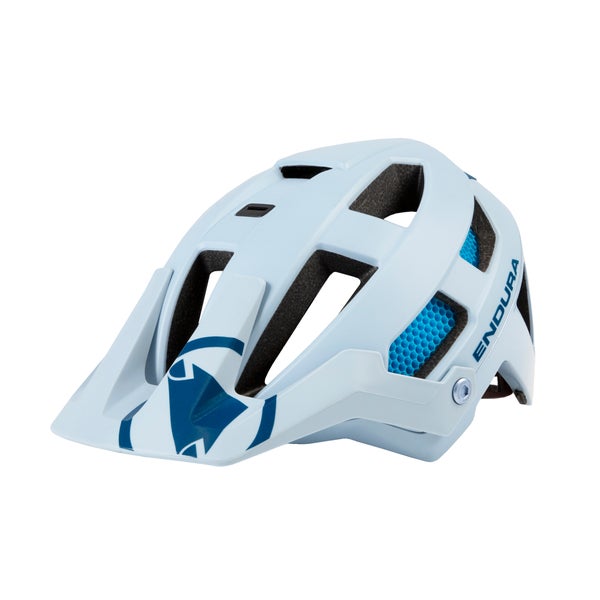 Log in/sign up to use Wishlists!
Log in/sign up to use Wishlists! -
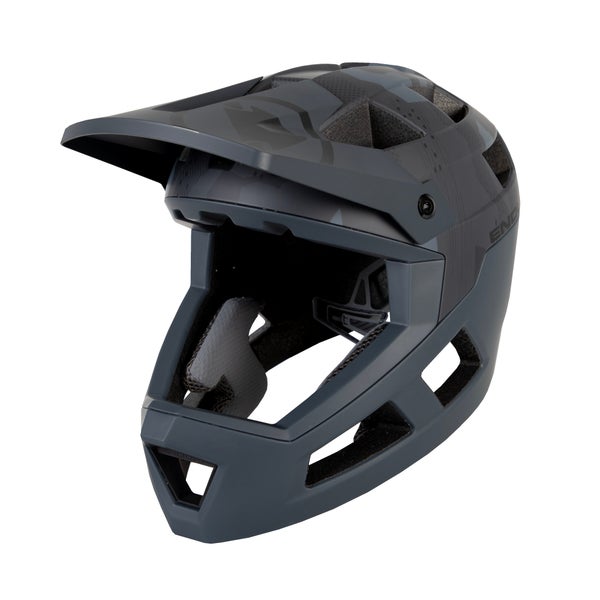 Log in/sign up to use Wishlists!
Log in/sign up to use Wishlists! -
 Log in/sign up to use Wishlists!
Log in/sign up to use Wishlists! -
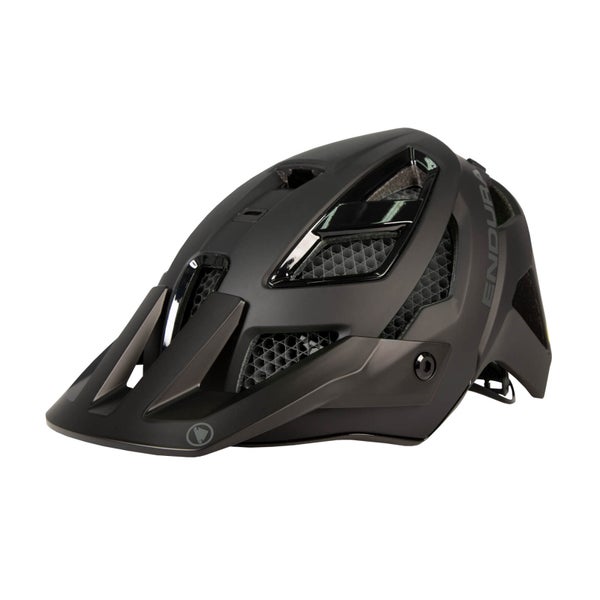 Log in/sign up to use Wishlists!
Log in/sign up to use Wishlists! -
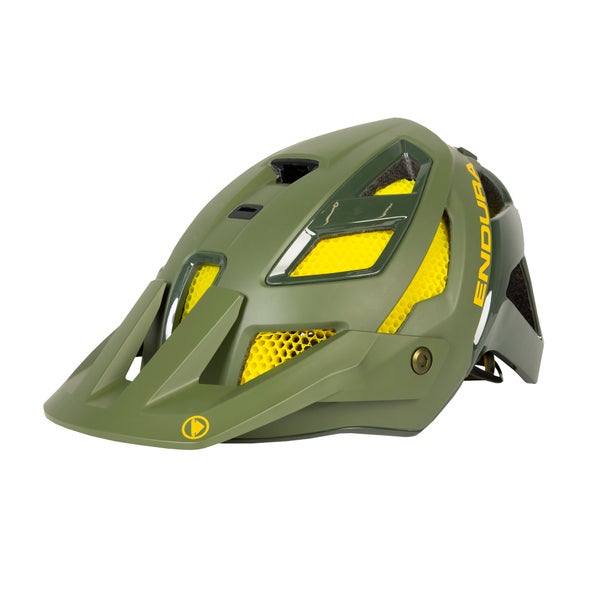 Log in/sign up to use Wishlists!
Log in/sign up to use Wishlists! -
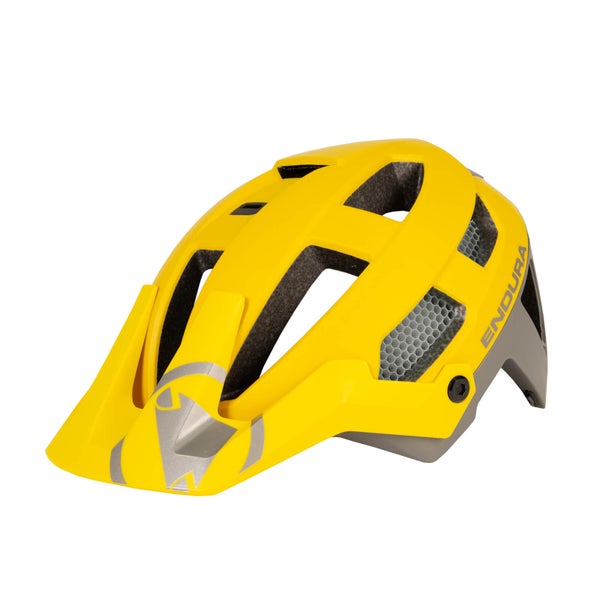 Log in/sign up to use Wishlists!
Log in/sign up to use Wishlists! -
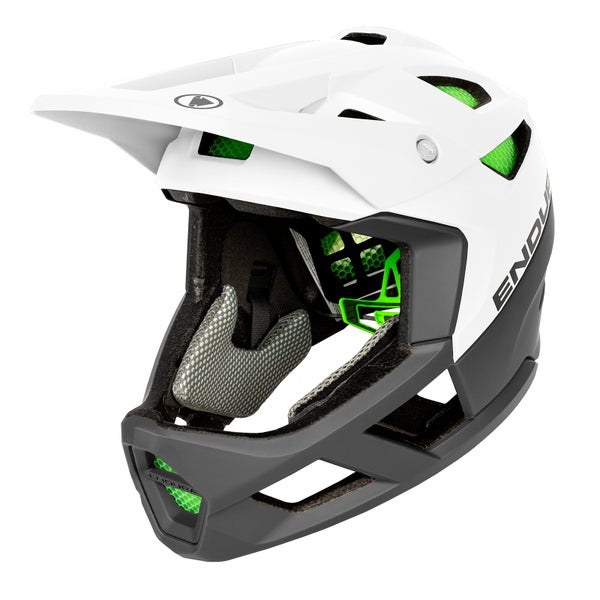 Log in/sign up to use Wishlists!
Log in/sign up to use Wishlists! -
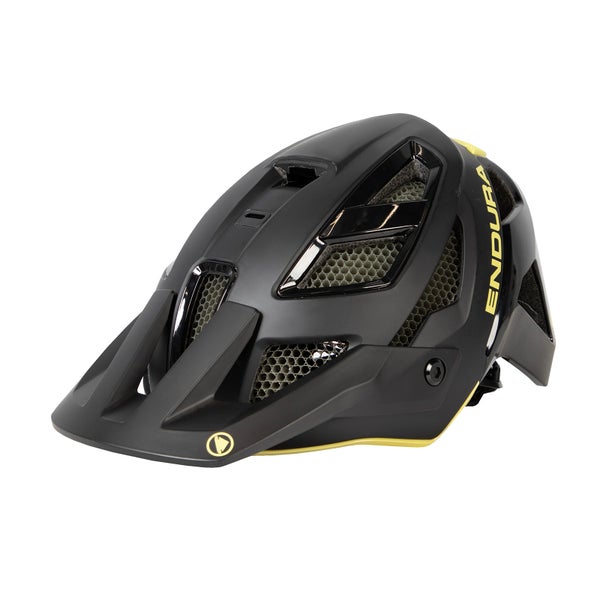 Log in/sign up to use Wishlists!
Log in/sign up to use Wishlists! -
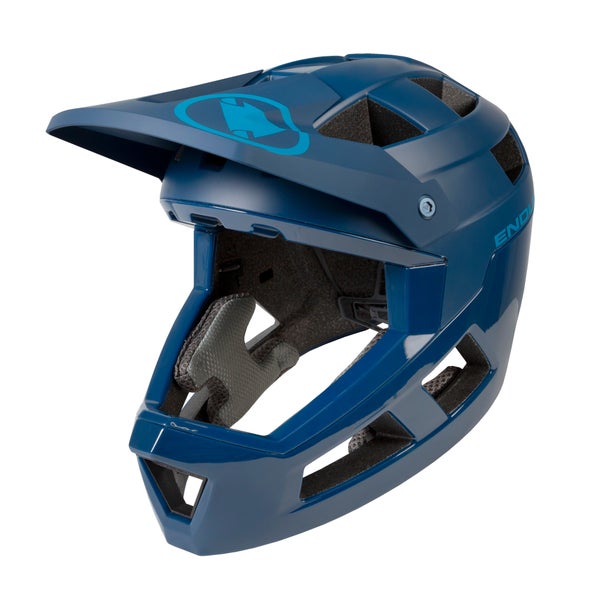 Log in/sign up to use Wishlists!
Log in/sign up to use Wishlists! -
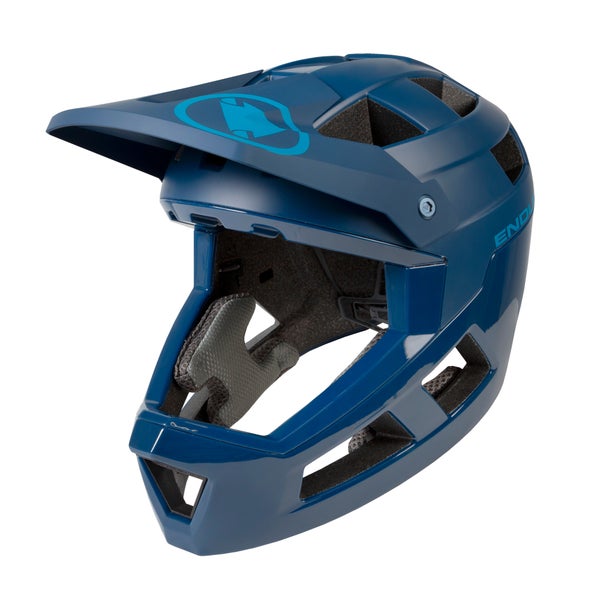 Log in/sign up to use Wishlists!
Log in/sign up to use Wishlists! -
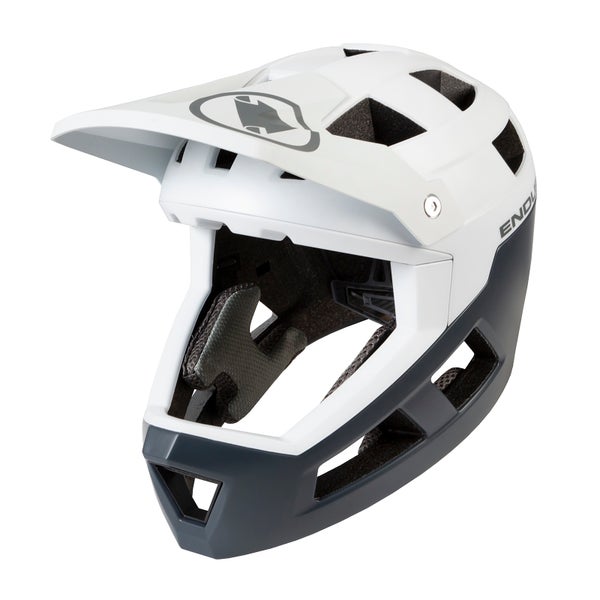 Log in/sign up to use Wishlists!
Log in/sign up to use Wishlists! -
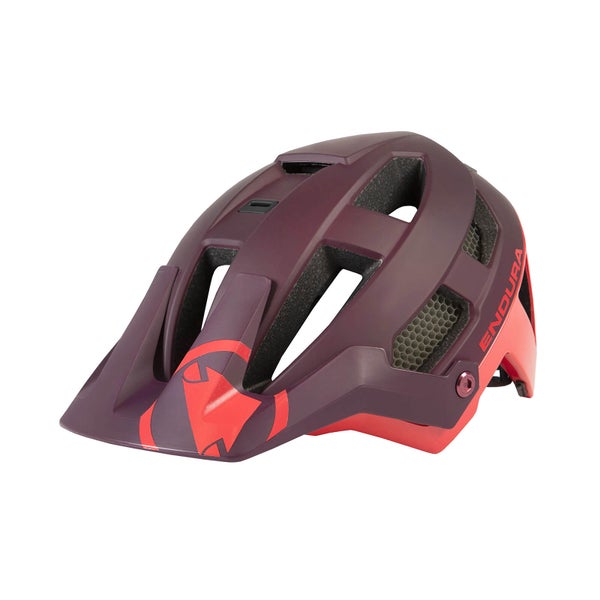 Log in/sign up to use Wishlists!
Log in/sign up to use Wishlists! -
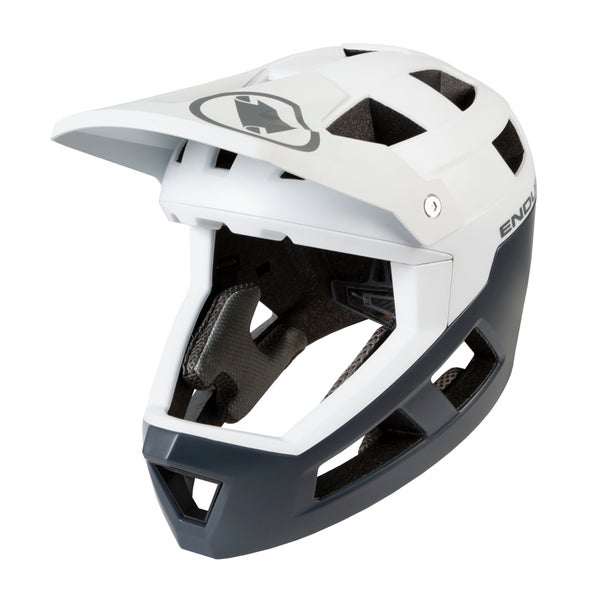 Log in/sign up to use Wishlists!
Log in/sign up to use Wishlists! -
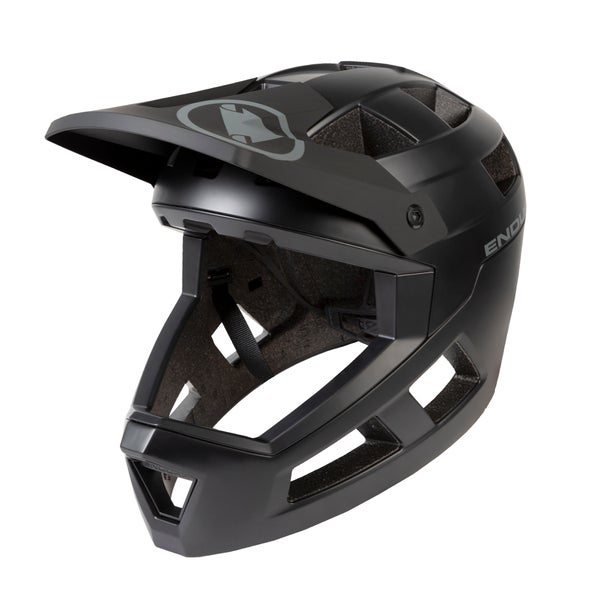 Log in/sign up to use Wishlists!
Log in/sign up to use Wishlists!
